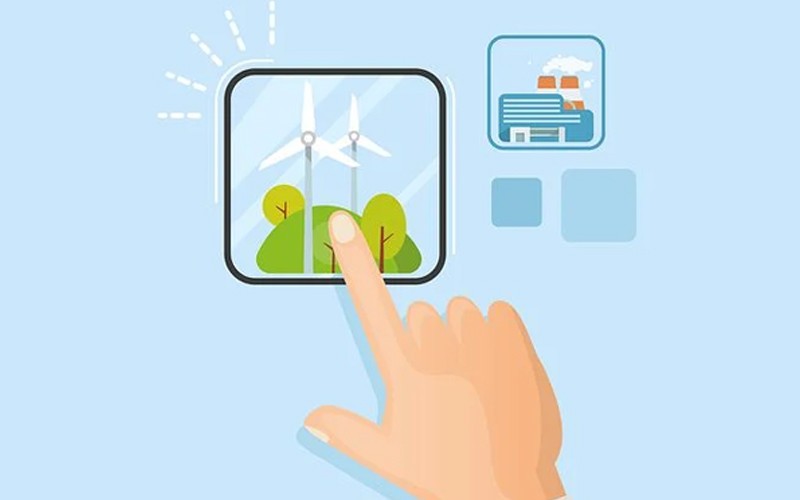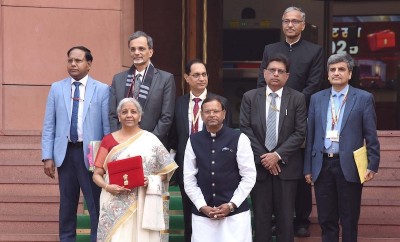
Nearly half of India’s power capacity now non-fossil, but coal remains dominant
New Delhi: Nearly 49 percent of India’s total installed electricity generation capacity—out of 476 gigawatts (GW) as of June 2025—is now powered by non-fossil fuel sources, according to a government explainer on energy and environment issued on Sunday.
However, coal-based thermal power continues to play a critical role in meeting the country’s energy needs.
The report noted that of the total 476 GW capacity, non-fossil fuel-based power accounts for 235.7 GW. This includes 226.9 GW from renewable energy and 8.8 GW from nuclear power.
India’s renewable energy portfolio includes 110.9 GW from solar power and 51.3 GW from wind energy.
In addition, 176.70 GW worth of renewable projects are currently under implementation, while another 72.06 GW are under various stages of bidding.
Despite this push towards cleaner energy, thermal power remains the dominant source, contributing 240 GW, or 50.52 percent of the total installed capacity.
Within the thermal category, coal alone accounts for over 91 percent, underscoring its continued importance in fuelling the country’s electricity demand.
The government highlighted that the country is striking a balance between meeting growing electricity needs and moving towards a more sustainable energy mix.
Power shortages have declined significantly—from 4.2 percent in 2013–14 to just 0.1 percent in 2024–25.
Per capita electricity consumption has also increased by 45.8 percent, rising from 957 kilowatt-hours (kWh) in 2013–14 to 1,395 kWh in 2023–24.
India’s power sector remains one of the most diversified in the world, drawing from both conventional sources—coal, gas, hydro and nuclear—as well as renewables such as solar, wind, biomass and small hydro.
To support its economic growth and climate goals, India has set a target of reaching 500 GW of renewable energy capacity by 2030.
Support Our Journalism
We cannot do without you.. your contribution supports unbiased journalism
IBNS is not driven by any ism- not wokeism, not racism, not skewed secularism, not hyper right-wing or left liberal ideals, nor by any hardline religious beliefs or hyper nationalism. We want to serve you good old objective news, as they are. We do not judge or preach. We let people decide for themselves. We only try to present factual and well-sourced news.







